A brand new living roof has been installed at an Aberdeen community garden to encourage biodiversity in the heart of the city.
A living roof is quite simply a roof with living material planted in it.
It replaces a typical felt or slate roof with a variety of plants and shrubs for pollinators.
It’s a novel idea which is gathering steam among some environmentalists, but at Bonnymuir Green the idea came about in a far more practical way – when an old roof began leaking.
When life gives you lemons, it’s time to grow a new roof
Volunteers at the community garden, which was set up in 2018, were downcast when they discovered damp patches in the ceiling of the Bonny Cafe and office space.
They knew the roof wasn’t in a good state, but fixing it was a costly process and sadly money wasn’t growing on any of the trees which had been planted in the garden.
Instead of trying to fix it on the cheap, the group came up with a different idea: the living roof.
Yes it would cost more money and take more time, but if they asked the right people in the right places, maybe there would be funding for a community project like this.
They were right, and (after a lot of form-filling and phone calls) were granted the cash from the Vattenfall Unlock Our Future Fund.
“I don’t think people here thought we’d get the funding,” said Jen Hickling, a project coordinator at Bonnymuir Green.
“But it’s been fantastic and everyone has been very intrigued about the new roof.”
Is it as easy as putting some shrubs on the roof?
In a word, no.
It’s taken months of coordination from Jen and the rest of the garden staff and volunteers, but last month the plants for the roof finally arrived and the final crucial part – the living part – of the project could begin.
“So much work went on before this point,” Jen explained.
“The roof needed to be watertight first of course, and putting a bunch of soil and plants up there can be really heavy so we had to have reinforced beams installed too.”
After that, a fleecy felt layer was added along with a specific soil mix which includes tiny clay balls and thick hair-looking material to lock moisture in even on the hottest of days.
The very last piece of the puzzle is the plants themselves, which are known as sedum.
“Sedum are hardy, low-growing plants which produce tiny flowers which are good for pollinators,” said Jen.
“The roof will grow like a thick mat with the roots holding it all together.
“The best part is that from now on, it will basically look after itself.”
As well as being good for pollinating insects, the sedum will also absorb harmful carbon from the atmosphere and naturally insulate the building.
A city oasis in the middle of a biodiversity crisis
The living roof isn’t the only thing going on at Bonnymuir Green.
From onions and garlic to peas, berries and courgettes, the garden has a large amount of space dedicated to growing food for the community and for use in the on-site café.
There is a wildflower corner specifically for pollinators, two honey bee hives, a wildlife pond, bug hotel and a small orchard.
Looking at the space now it’s hard to imagine that 10 years ago it was a carefully manicured bowling green, with nothing but an ornamental lawn for games of bowls.
The bowling club closed in 2015 and the green was left derelict until a group of locals put their heads together.
Public meetings, canvassing and surveys ensued and the newly formed Bonnymuir Green Community Trust began the process of a Community Right to Buy.
Once the application was approved by Scottish Government ministers, there followed a huge fundraising effort and the land was purchased in September 2018.
Immediately work began transforming the overgrown unused land into the community garden you can visit today.
“We have hundreds of volunteers now who come and help tend to the garden,” Jen said.
“Lots of people would like to have an allotment somewhere but can’t keep up with the costs or the time it demands, so coming here is a lot more casual.
“You can pop in and do some weeding or plant some seeds whenever you have time.
“Most people just like to have company I think, and pop in for a cup of tea even if they don’t feel like gardening or are no longer able to.”
The growing revolution of community gardens
And you don’t have to be a volunteer to visit either as the green is open to the public throughout the week to relax and explore for free.
The Trust also hosts regular social events, art exhibitions, gardening and art workshops.
It’s one of hundreds, if not thousands, of community gardens that have sprung up in recent years across Scotland.
Because so many community gardens spring up at such a grassroots level – you just need the landowner’s permission and a small group of willing helpers – it’s hard to gauge exact numbers.
But anecdotally, staff at Bonnnymuir Green have seen a big uplift in volunteer numbers coming to garden over the past 18 months, as well as individuals asking for advice about setting up their own community garden space.
“There seems to be a few gardens springing up across Aberdeen and the shire which are all at different stages,” Jen said.
“It’s absolutely brilliant to see.”
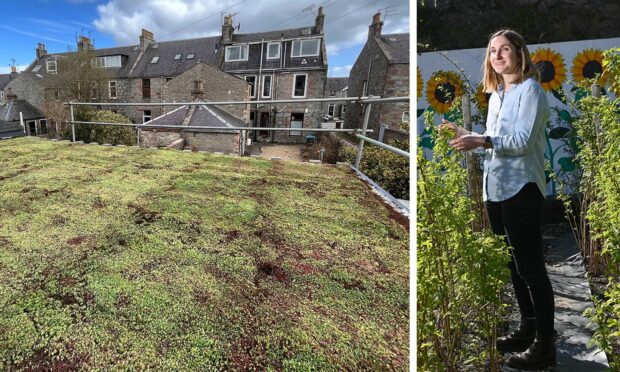
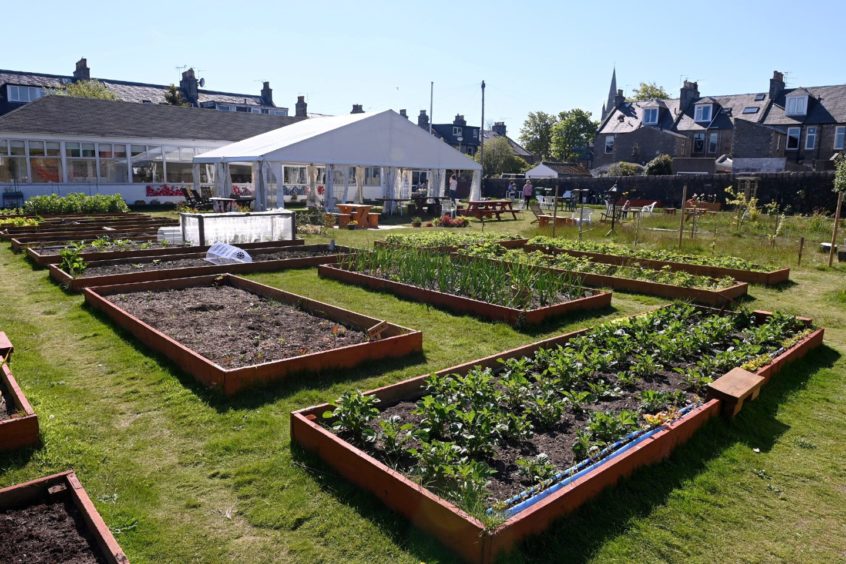
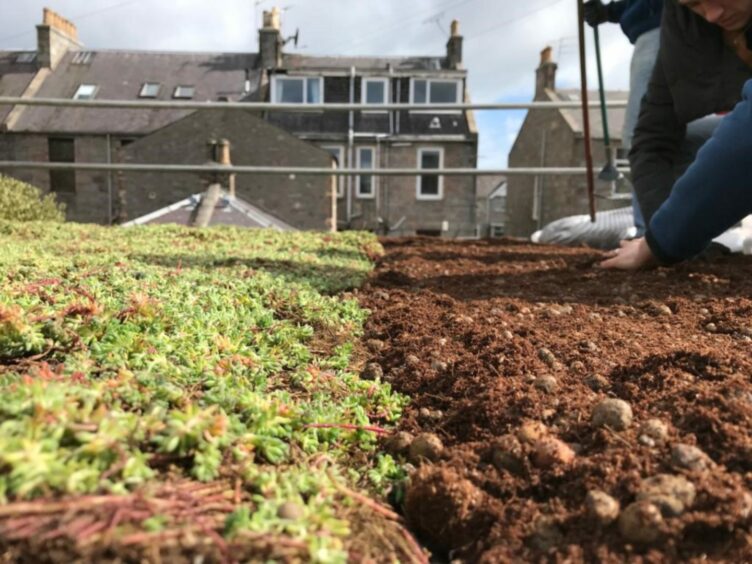
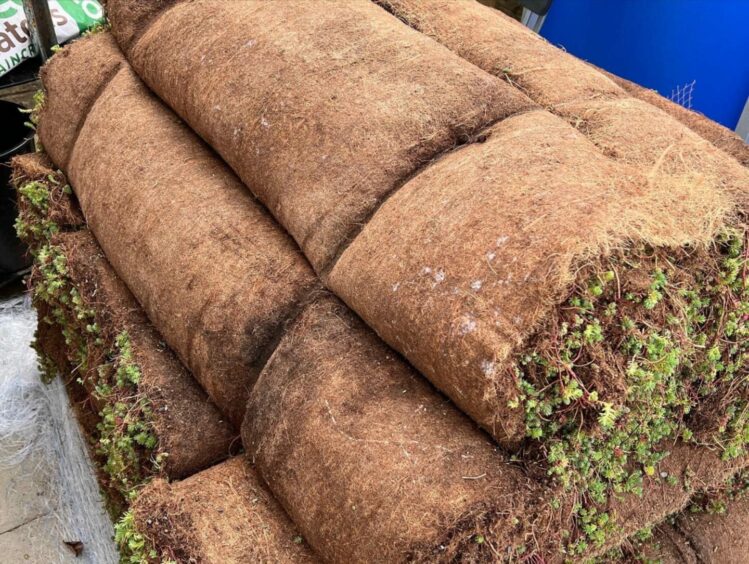
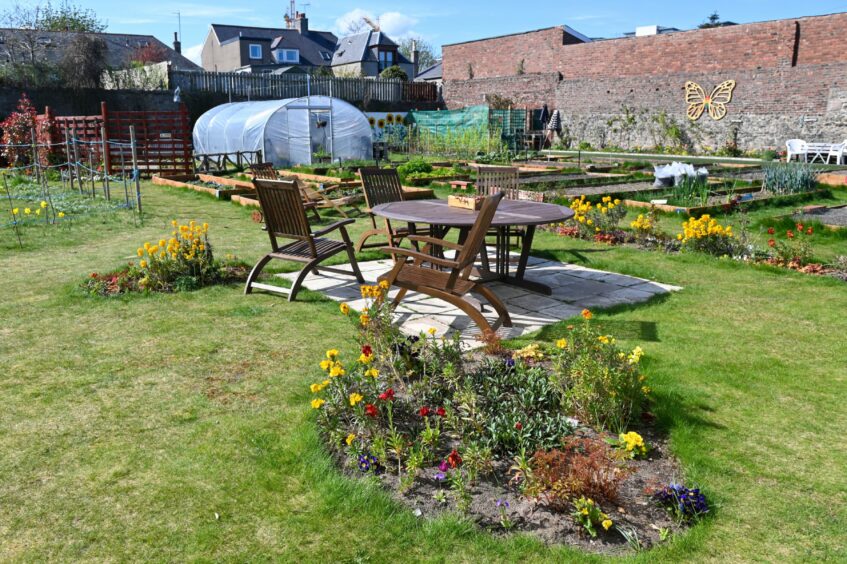
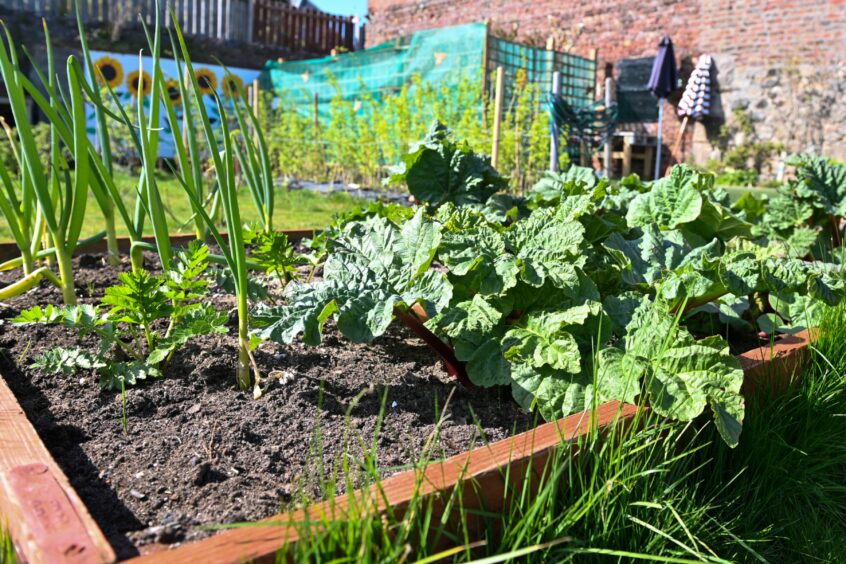
Conversation